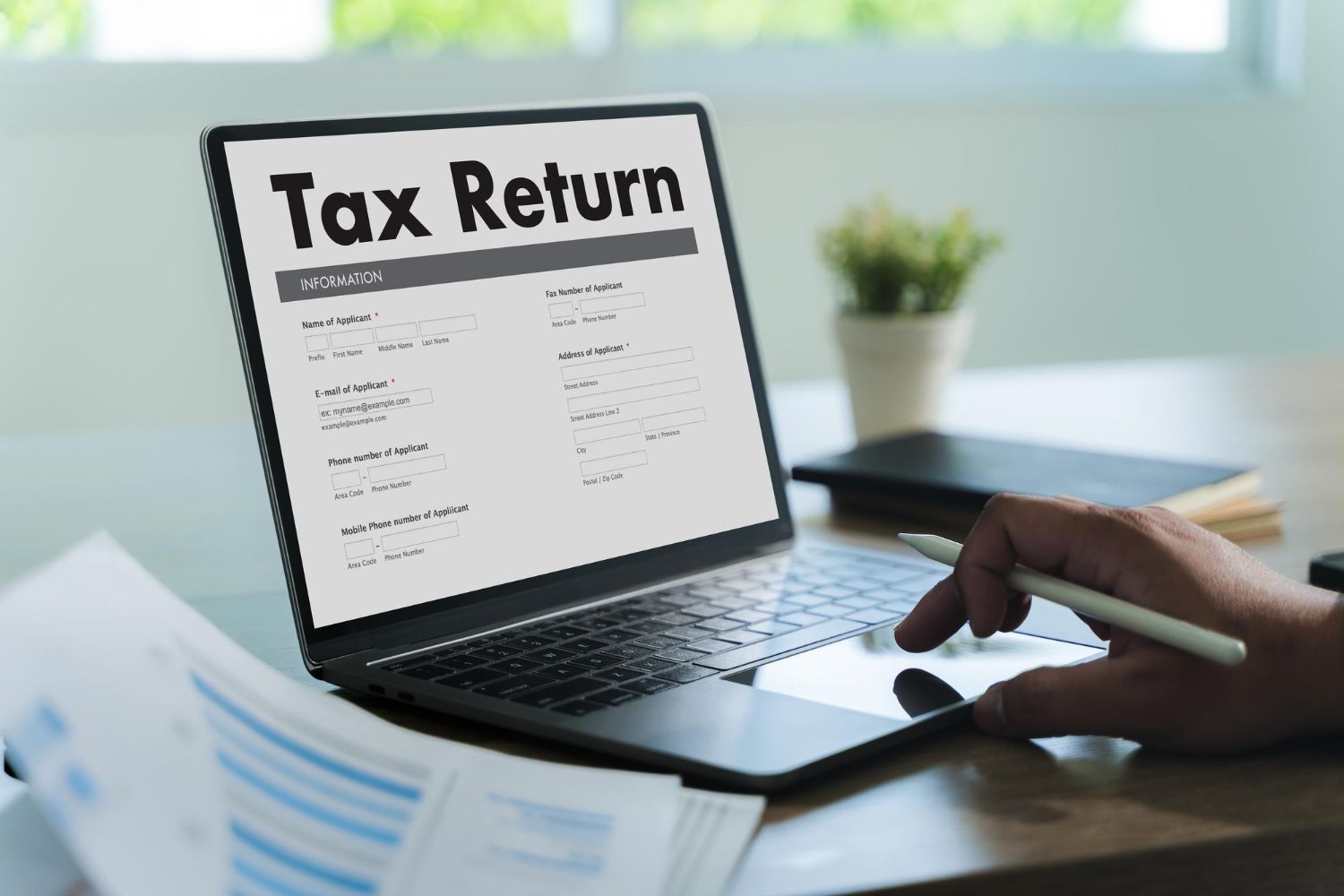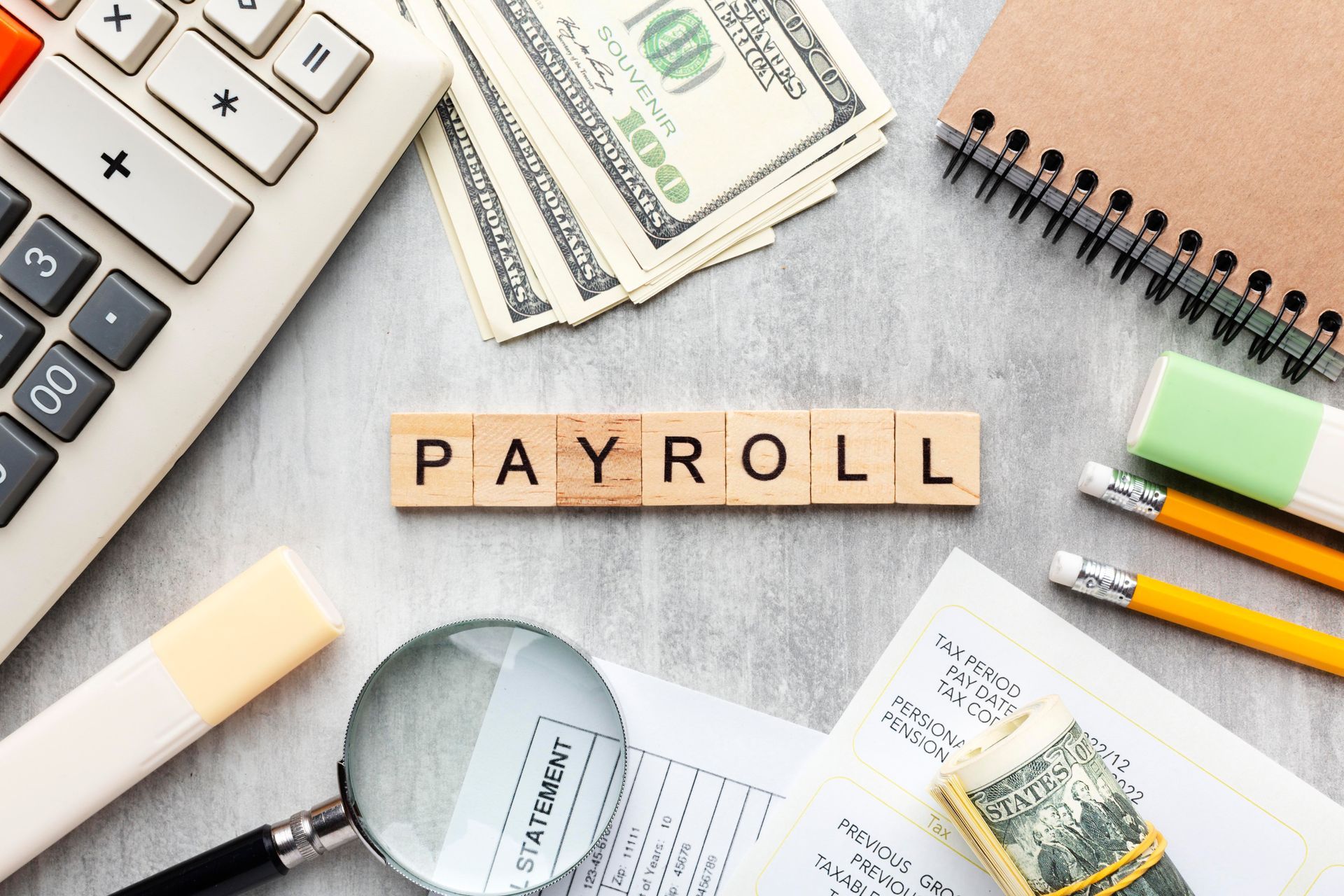Introduction
Self-employed individuals have unique tax considerations that differ from those of traditional employees. Proper tax planning is essential to minimize tax liability and ensure compliance with tax laws. This guide provides an overview of tax planning strategies for the self-employed, including deductions, credits, and other key considerations.
1. Understand Your Tax Obligations
As a self-employed individual, you are responsible for paying both income tax and self-employment tax. Self-employment tax covers your contributions to Social Security and Medicare and is calculated based on your net earnings from self-employment.
2. Keep Accurate Records in tax planning
Keeping accurate records of your income and expenses is crucial for tax planning and compliance. Maintain detailed records of all business-related income, expenses, and receipts. Consider using accounting software or hiring a professional bookkeeper to help you stay organized.
Read More: Understanding Financial Statements: A Comprehensive Overview
3. Take Advantage of Deductions
Self-employed individuals can deduct a variety of business-related expenses to lower their taxable income. Common deductions include home office expenses, vehicle expenses, supplies, and professional fees. Keep in mind that deductions must be ordinary and necessary for your business.
4. Consider Retirement Savings in tax planning
Self-employed individuals can contribute to retirement savings accounts such as a Solo 401(k) or a Simplified Employee Pension (SEP) IRA. These contributions are tax-deductible and can help you save for retirement while reducing your taxable income.
5. Estimate and Pay Quarterly Taxes
Unlike traditional employees who have taxes withheld from their paychecks, self-employed individuals are responsible for estimating and paying taxes quarterly. Failure to do so can result in penalties and interest charges.
6. Stay Informed About Tax Law Changes
Tax laws are subject to change, so it’s important to stay informed about any changes that may affect your tax situation. Consider consulting with a tax professional to ensure that you’re taking advantage of all available tax benefits and complying with current tax laws.
7. Plan for Health Insurance Costs in tax planning
Self-employed individuals are responsible for obtaining their health insurance coverage. You may be eligible for a deduction for health insurance premiums paid for yourself, your spouse, and your dependents.
Conclusion
Tax planning
is an essential part of managing finances for self-employed individuals. By understanding your tax obligations, keeping accurate records, taking advantage of deductions, contributing to retirement savings, estimating and paying quarterly taxes, staying informed about tax law changes, and tax planning for health insurance costs, you can minimize your tax liability and ensure compliance with tax laws.
FAQs













